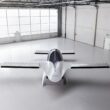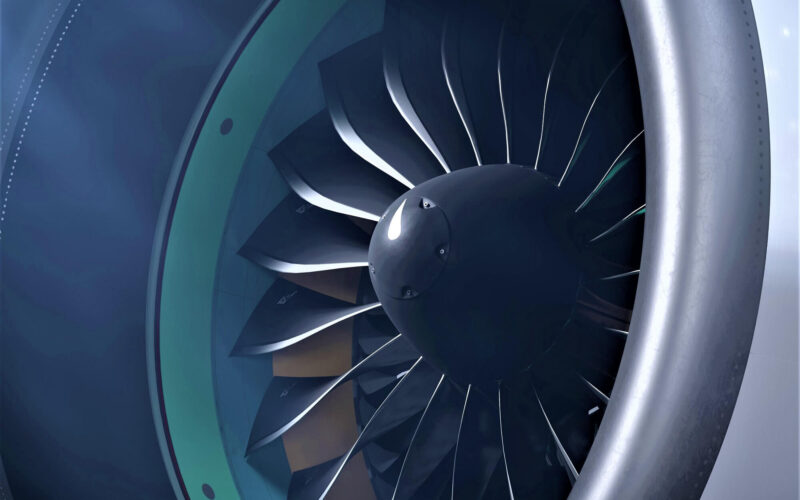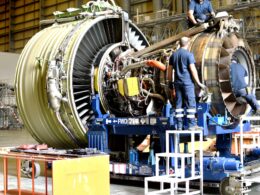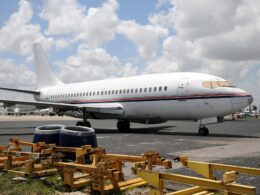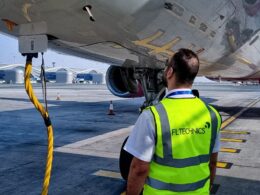Pratt & Whitney has announced that Airbus has started flight testing of the GTF Advantage engine on an A320neo aircraft.
The flight test campaign will test the performance of the engine in a variety of environments, such as hot and cold weather and operation from high-altitude airports, Pratt & Whitney said in a statement released on October 4, 2022.
“The flight test campaign is an extension of ongoing product development by Pratt & Whitney and Airbus,” the manufacturer said.
Engine certification is expected to continue through the first half of 2023, the manufacturer added.
The engine has already performed roughly 2,400 hours and 7,800 cycles of testing, including a successful test on 100% sustainable aviation fuel (SAF).
Pratt & Whitney added that before gaining necessary approvals, the engine will also have to perform test flights on the manufacturer’s flying test bed, located in Mirabel, Canada. The process will include extensive endurance testing “to ensure product maturity at entry into service”.
What is the GTF Advantage engine?
According to Pratt & Whitney, the GTF Advantage is developed to lower jet fuel consumption and carbon emissions by up to 1% compared to the current model GTF engine.
“Capable of a takeoff thrust improvement of 4% at sea level, the engine could enable longer range and higher payload, making it particularly suitable for A321XLR aircraft and unlocking more destinations for airlines. In addition, the engine will offer an increase of up to 8% takeoff thrust at higher altitudes. GTF Advantage will be interminable and interchangeable with the current GTF engine to ensure maximum operational flexibility,” the manufacturer said in its statement.
“GTF-powered aircraft reduce fuel consumption and CO2 emissions by 16% to 20%, NOx emissions by up to 50%, and noise footprint by up to 75%,” Pratt & Whitney added.
The upgraded engine is expected to help the industry meet its goal of achieving net zero emissions by 2050.



